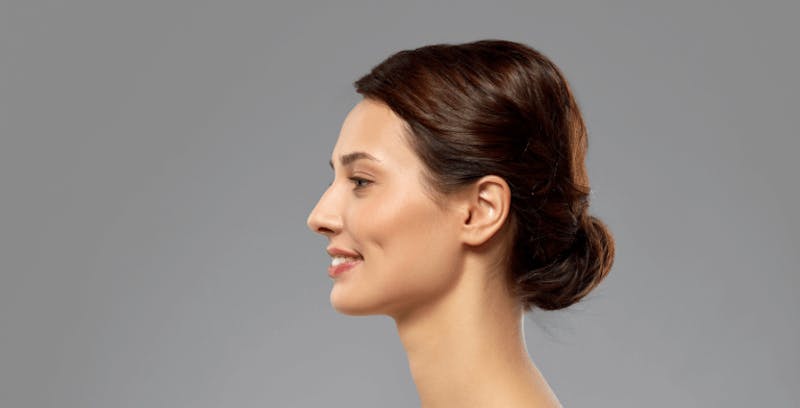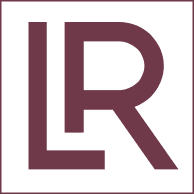
Rhinoplasty is one of the most common plastic surgeries for the face. The procedure involves reshaping structures of the nose and nasal cavities to create a nose that’s more functional or attractive for the patient. Regardless of if you’re getting a rhinoplasty for purely cosmetic reasons, for better function, or both; recovery is one of the most important parts of the process. In order to ensure that your nose heals well, you get the best results, and don’t need a second surgery there are important recovery tips to follow. Your surgeon will discuss them with you before and after your procedure and give you detailed instructions. And if the healing process is keeping you on the fence about your decision to move forward with the procedure, this article will help! Below we’ll go over everything you need to know about the rhinoplasty healing process to help you make the best, informed decision.
What to Expect During Recovery
The first thing that’s important to understand about the rhinoplasty healing process is that it can take up to a full year for the swelling to completely go down and to see the final result.
Rhinoplasty Recovery – University of Utah Health
The appearance of your nose right after the bandages come off is not the final appearance and you’ll start to see gradual shifts over time until it’s fully healed. Pain and swelling are most significant during the first week post-surgery. There will likely be some bruising and tenderness around your nose, undereye, and cheek area which will likely go away after two to three weeks.
How to Help the Healing Process
Your surgeon will give you the standard healing instruction after your surgery before sending you home that are important to follow. There are also many things you can do to help enhance the healing process. If you’re not sure about what’s best, make sure to always contact your surgeon for further instructions.
Keep Swelling Down
While swelling is normal and it takes a while for it to completely go down, there are things you can do to help minimize swelling. You can use a soft, flexible ice pack to reduce swelling and alleviate pressure and puffiness. You can also help keep swelling down by staying away from anti-inflammatory medications unless specifically prescribed. Anti-inflammatory medications can increase swelling or slow down recovery.
Don’t Take Doctor-Approved Medications
While the recovery process can be painful at first, it’s important to make sure any pain medications you take are approved by your doctor first. Your surgeon will prescribe you specific medications and dosages to ensure it doesn’t interfere with the healing process and cause any adverse reactions.
Rest and Recover
It’s vital to take enough time to rest and recover. After the surgery, your body will be in full healing mode. Limit any strenuous activity until you’ve been cleared by your doctor. Make sure to also avoid any activities that could involve bumping your nose or cause injury.
Baths Over Showers
The bandages, splints, and supports placed around your nose shouldn’t get wet. Taking baths instead of showers will make it easier to keep them dry. For washing your face you can use a damp cloth and steer clear of the bandaged areas. Luckily, the bandages should be off within a week and afterward, you can return to regular showers and your face-washing routine.
Stay Hydrated and Eat Healthily
Staying hydrated by drinking plenty of water and also eating healthy helps speed up the healing process. Healthy eating allows your body to get the nutrients it needs to heal and drinking lots of water flushes out toxins to help the healing process as well. It’s also a good idea to stay away from peppery or spicy foods that could irritate your nose or sinuses, which could lead to more swelling and bruising in the beginning stages of healing.
Keep Your Follow-Up Appointments
You will be scheduled for appointments with your doctor after the surgery to follow up on the procedure and to ensure that you are recovering well. These appointments are important for the healing process and make sure that everything is healing as it should.
The Bottom Line
Healing from rhinoplasty isn’t as daunting as it seems. The most important part overall is the have the procedure done by a surgeon who will also help guide you throughout the entire healing process. If you have any concerns about the healing process you can discuss them during your consultation and after surgery, your doctor will give you clear and specific recovery instructions to optimize healing.
Ready to get started? Leif Rogers is an Ivy League-educated, board-certified plastic surgeon and a standing member of the American Society of Plastic Surgeons. If you’re considering a rhinoplasty, get in touch with his team to schedule a consultation.


